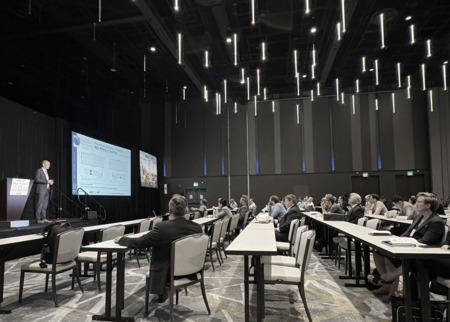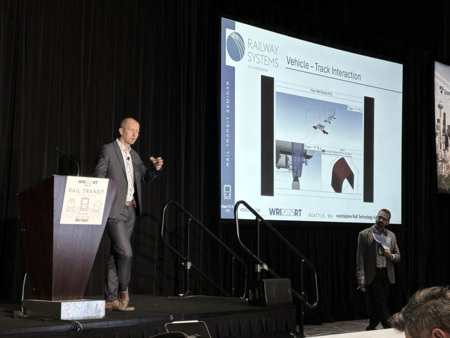Optimizing Wheel-Rail Interaction on Vienna’s U6 Metro Line: A Collaborative Success Story

At the Wheel Rail Interaction Conference 2025 (WRI 2025), held in the United States, Lukas Prettner, Head of R&D Track Systems at voestalpine Rail Technology, presented a groundbreaking project focused on improving the wheel-rail interface in Vienna’s U6 metro line.

